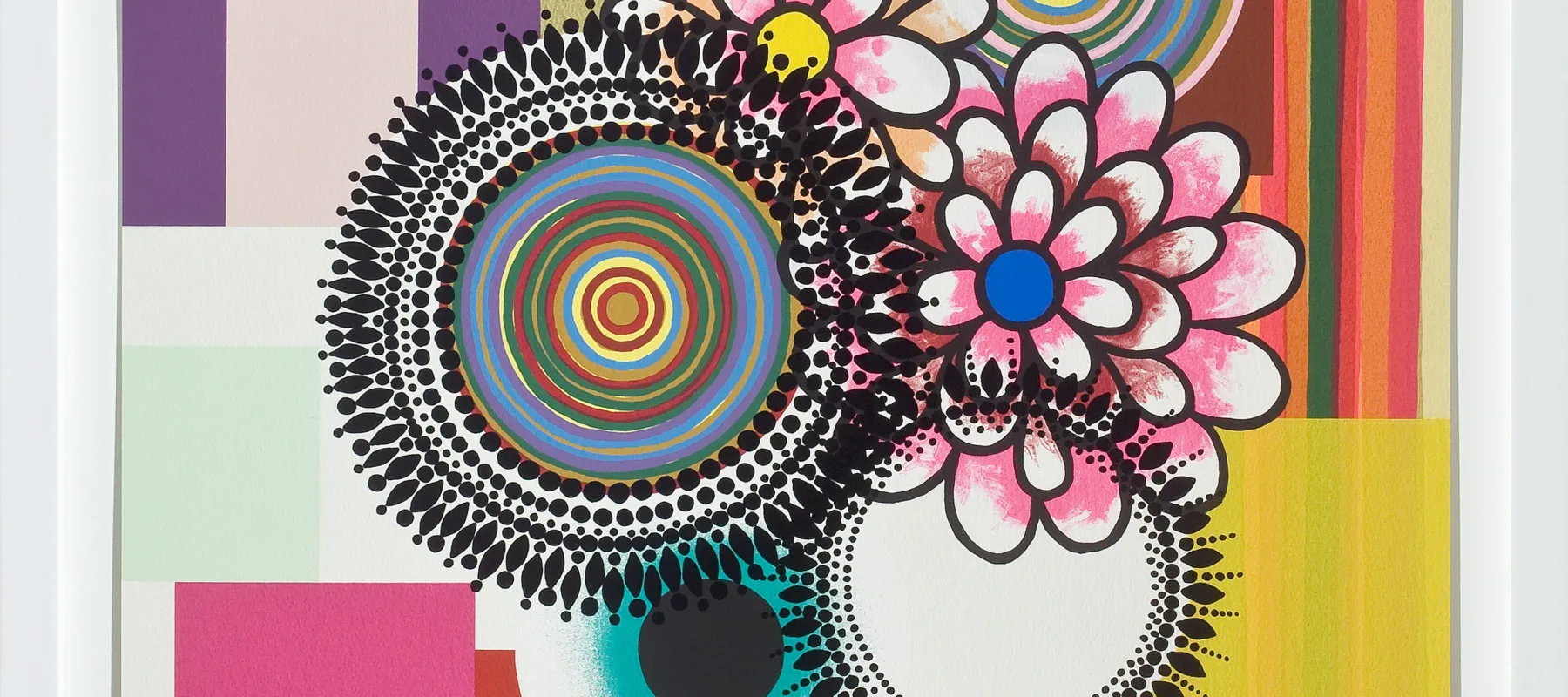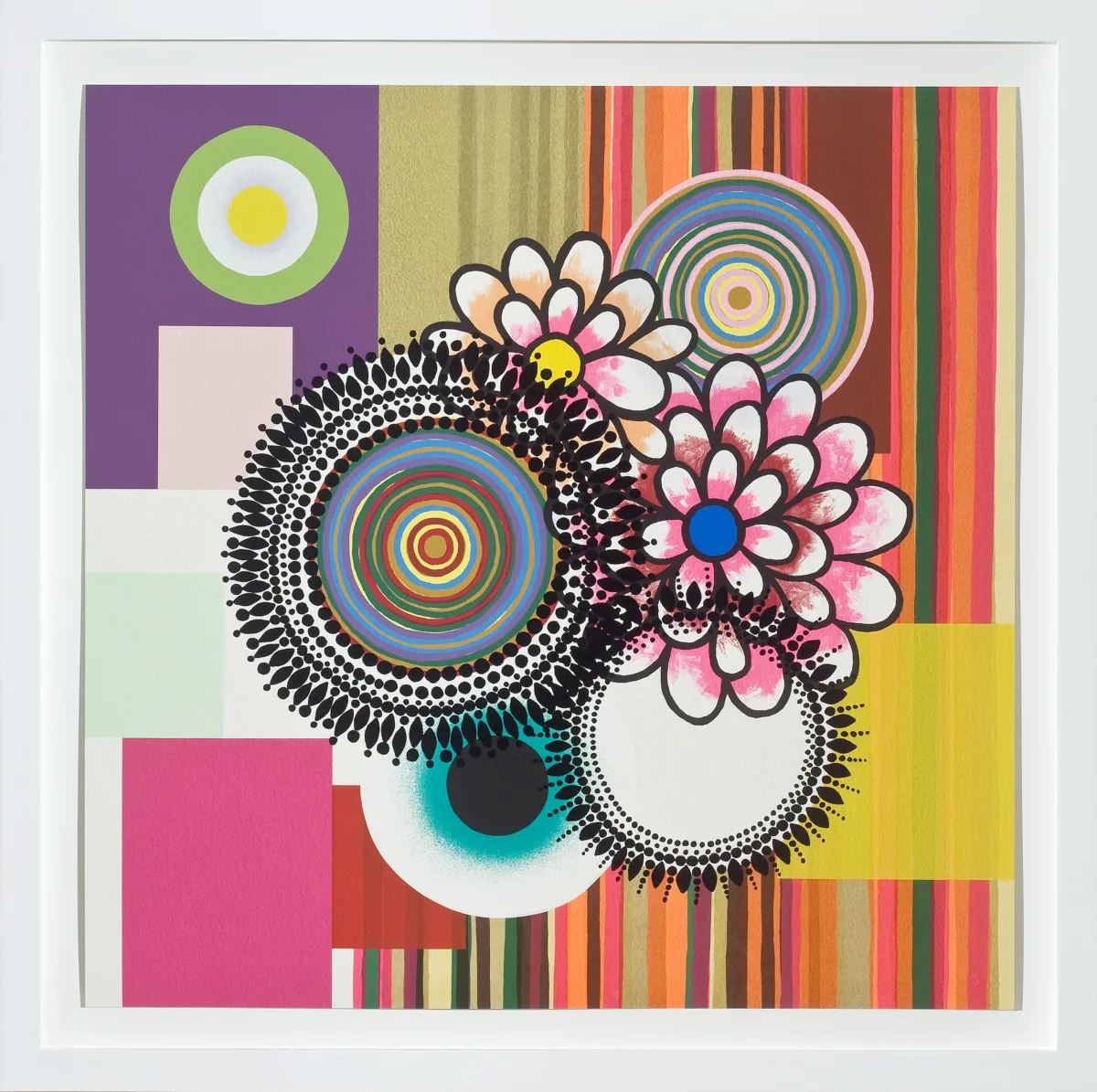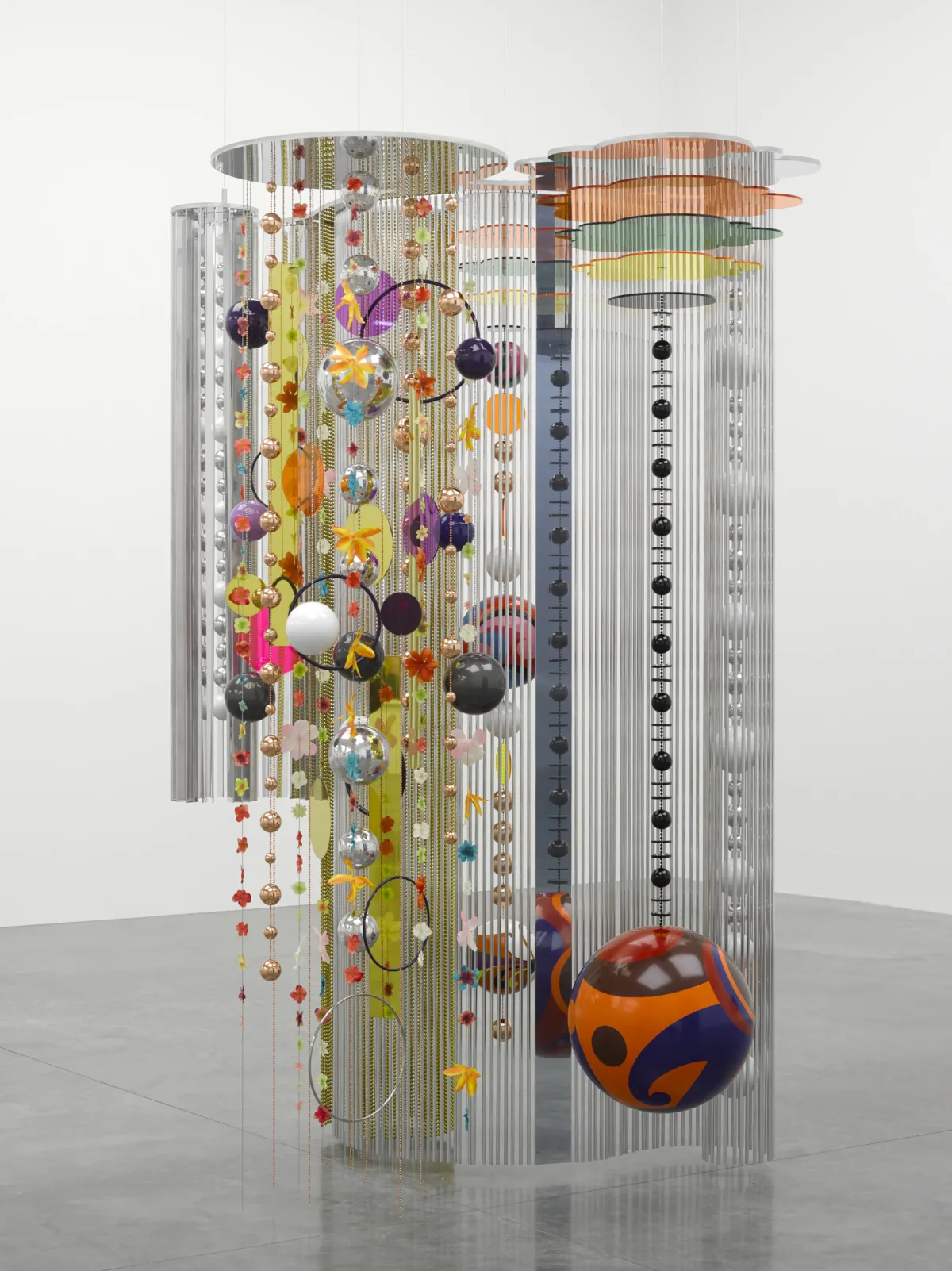Brazilian artist Beatriz Milhazes (b. 1960) is celebrated for her vibrant two- and three-dimensional works such as the screenprint Bibi (2003) and sculpture Marola (2015), both in NMWA’s collection. Marola is on view in the special exhibition The Sky’s the Limit through February 25.
Milhazes once said, “I love art. I believe it can transform people.” Impress your friends with five fast facts about the artists whose works have transformed and informed Milhazes.
1. Tarsila do Amaral
Milhazes emulates the “local color and affection” fellow Brazilian artist Tarsila do Amaral (1886–1973) infused in her work. Considered a leading Latin American artist, do Amaral, known by the mononym Tarsila, combined indigenous and cultural elements from her home country with her formal European education to create a distinctive Brazilian modernism.
2. Sonia Delaunay-Terk
Across her diverse creative output—including painting, prints, textiles, and apparel—Sonia Delaunay-Terk (1885–1979) experimented with bold combinations of colors, shapes, and textures. The artist’s avant-garde compositions made for eye-popping ensembles in her lifetime and continue to inspire designers today. Milhazes’s similar style has sparked fashion collaborations with Louis Vuitton and Swatch.
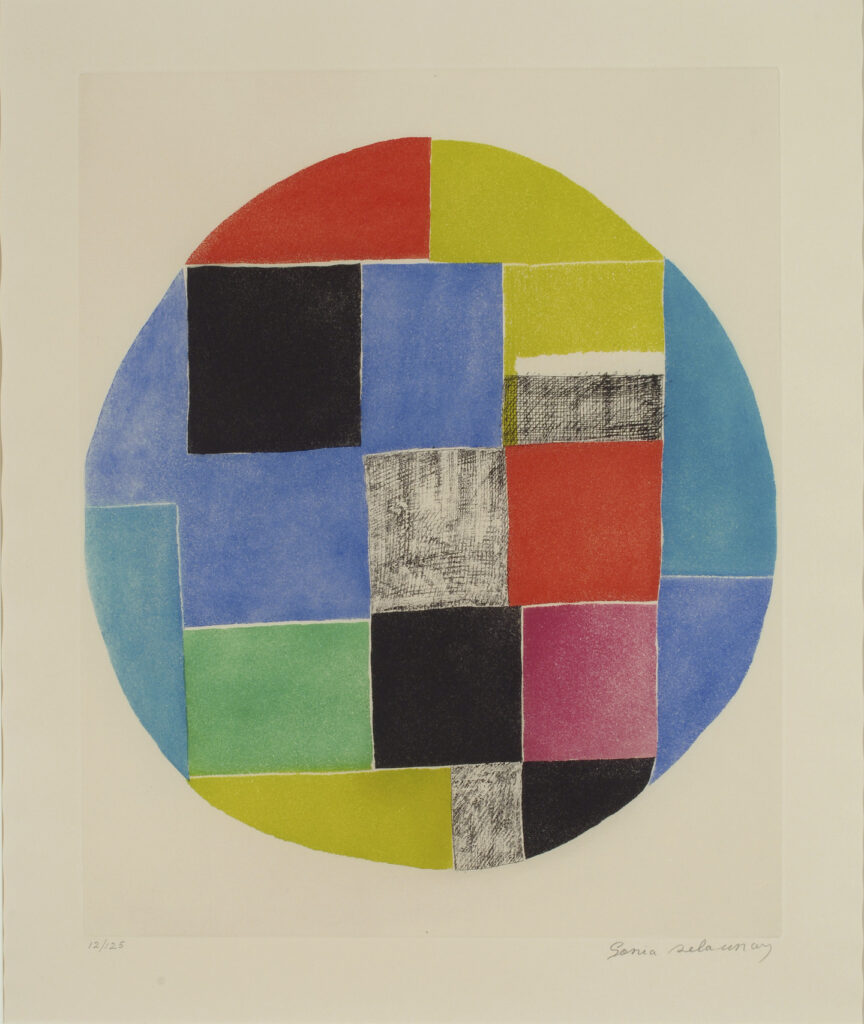
3. Sophie Taeuber-Arp
Performance and visual art merge in the work of Sophie Taeuber-Arp (1889–1943) and Milhazes. Tauber-Arp studied under modern dance pioneer Rudolf Laban. She later choreographed, created scenography for, and occasionally starred in Dada-inspired performances and theatrical productions. Milhazes makes sets and costumes for her sister’s dance company, Marcia Milhazes Cia de Dança.
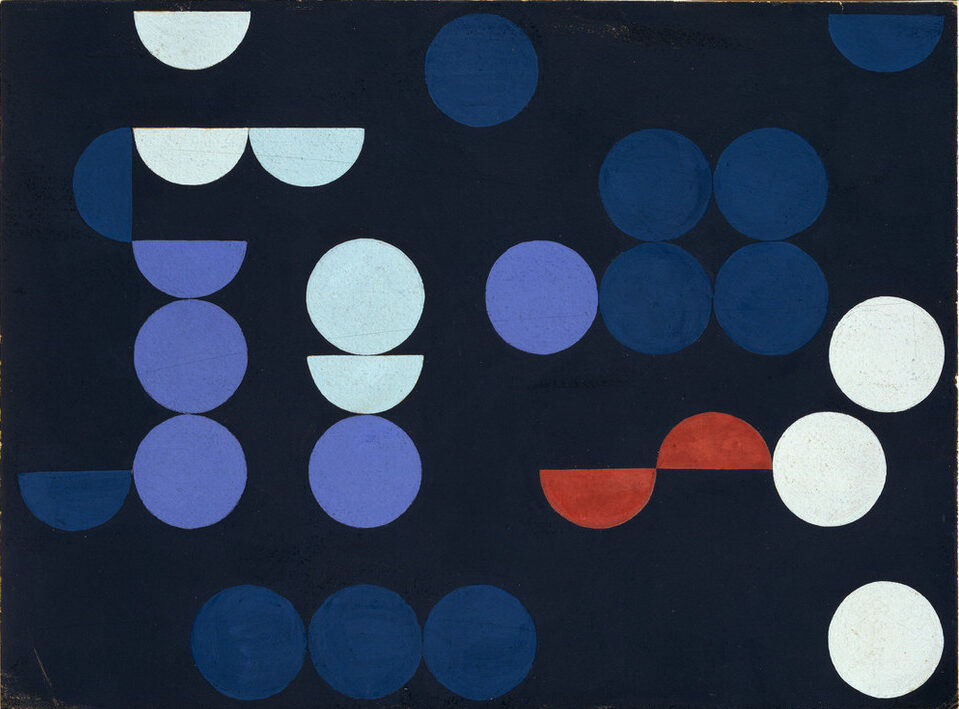
4. Bridget Riley
“Mother of Op Art” Bridget Riley (b. 1931), like Milhazes, investigates optical dichotomies such as harmony/discord and statis/dynamism through color juxtaposition. While their work can be jarring and dizzying, it is also calming and healing. Riley and Milhazes have both created large-scale murals to comfort hospital patients, staff, and visitors in the U.K. and U.S. Check out RxArt to support other artist/hospital collaborations.
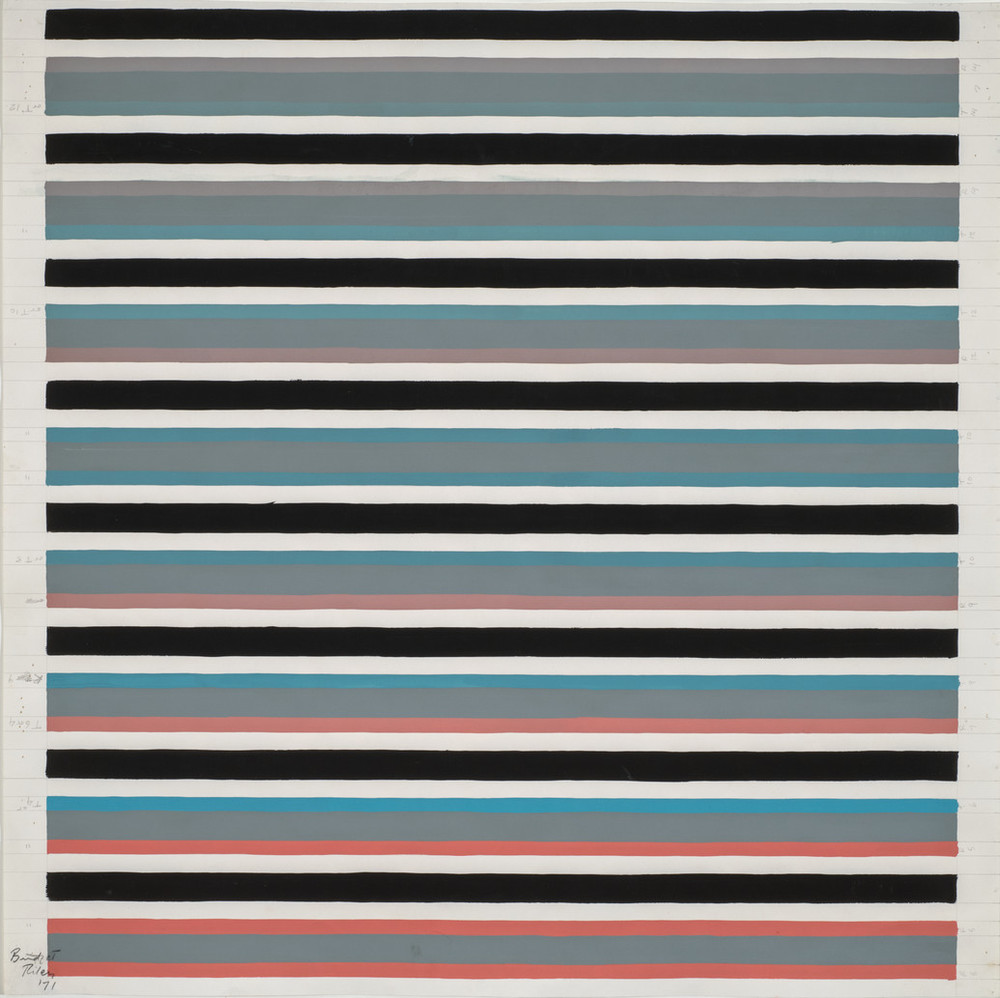
5. Rosa Magalhães
Award-winning Brazilian artist Rosa Magalhães (b. 1947), who is considered the most successful carnival designer in Rio de Janeiro, was also the artistic director of the 2007 Pan American Games and 2016 Summer Olympics. Milhazes is also a national treasure. She, along with Rosângela Rennó (b. 1962), represented Brazil in the 2003 Venice Biennale.

